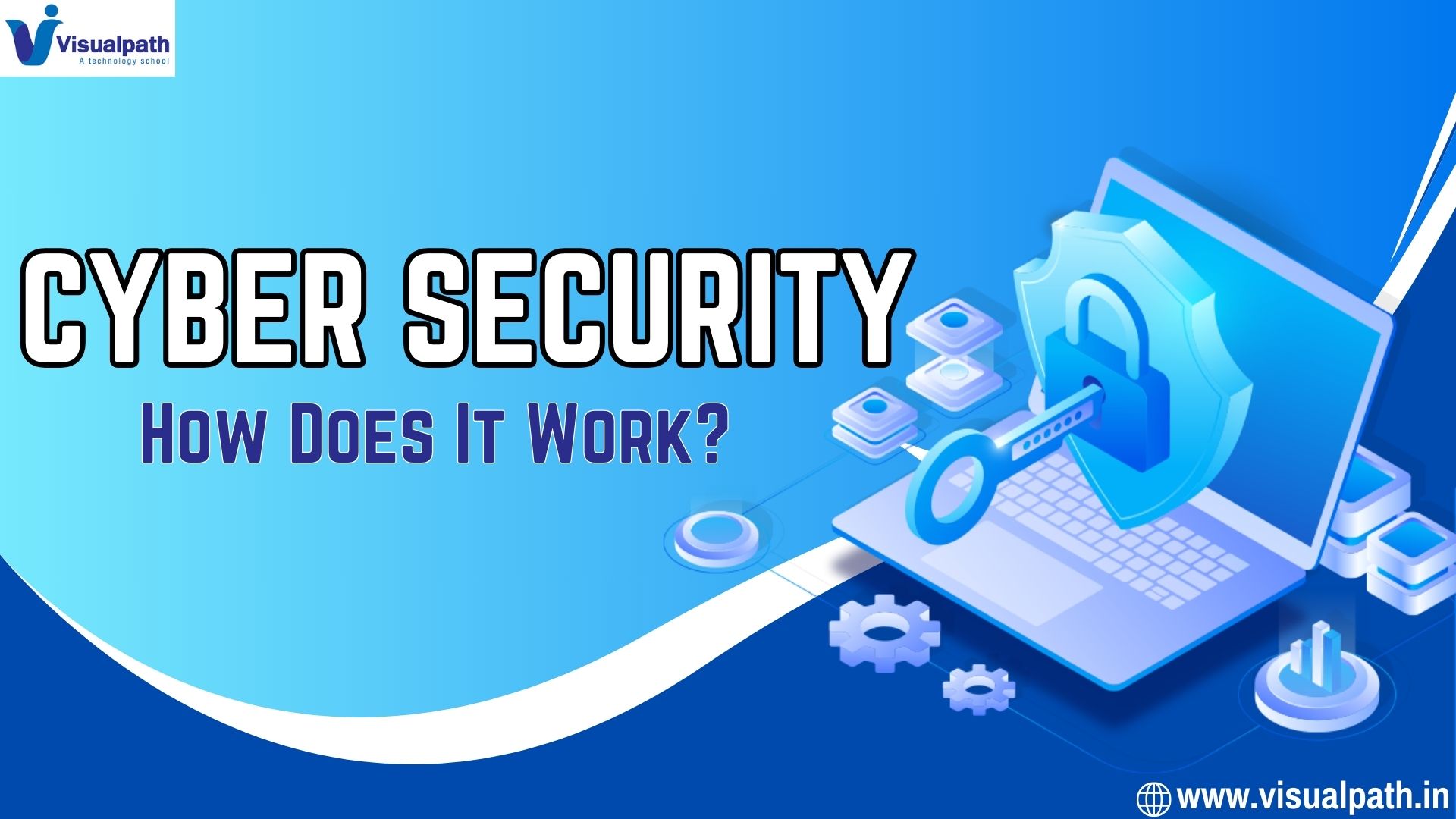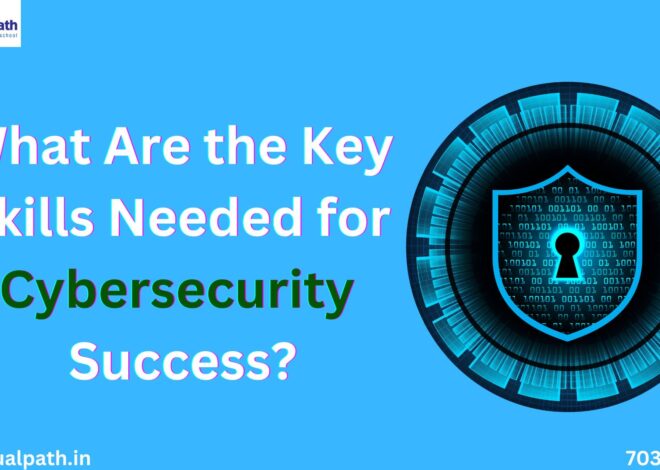Cybersecurity is the process of preventing illegal access, theft, damage, and interruption to computer systems, networks, and data.In today’s digital world, cybersecurity is critical to safeguard sensitive information, ensure business continuity, and maintain the integrity of services. The increasing reliance on technology has made organizations, individuals, and governments more vulnerable to cyber threats, leading to a surge in the demand for robust cybersecurity measures.
Key Components of Cybersecurity
Cybersecurity involves several layers of protection, focusing on three primary pillars: Confidentiality, Integrity, and Availability (CIA Triad). These pillars help define how data and systems should be protected.
- Confidentiality: Ensuring that sensitive information is accessible only to authorized individuals. Techniques like encryption, multi-factor authentication (MFA), and access control policies help achieve this. Cyber Security Training
- Integrity: Protecting data from being altered or tampered with, ensuring accuracy and reliability. Techniques such as hashing and version control systems ensure that data remains unchanged and intact.
- Availability: Ensuring that systems, networks, and data are accessible to authorized users when needed. Implementing strategies like load balancing, regular system updates, and redundant infrastructure helps maintain availability.
How Does Cybersecurity Work?
Cybersecurity operates on various levels, including hardware, software, and user practices. These layers work together to protect data and systems from different types of cyber threats.
- Firewall and Network Security: Firewalls act as barriers between trusted and untrusted networks, monitoring and filtering incoming and outgoing traffic. Network security also includes measures like virtual private networks (VPNs), intrusion detection systems (IDS), and secure network protocols to ensure secure communication.
- Endpoint Security: This involves securing devices such as laptops, smartphones, and servers that access a network. Tools like antivirus software, encryption, and regular patch updates ensure that endpoints are not vulnerable to attacks.Cyber Security Training in Hyderabad
- Data Encryption: Data encryption transforms readable data into an unreadable format using cryptographic algorithms, ensuring that even if data is intercepted, it cannot be understood by unauthorized users.
- User Education and Awareness: One of the most effective methods of preventing cyberattacks is educating users about potential threats. Phishing attacks, for example, often target unknowing users through deceptive emails. Training employees and individuals to recognize these threats reduces the risk of successful attacks.
- Incident Response and Recovery: No system is 100% secure, so having an incident response plan is essential. This involves identifying and mitigating breaches, minimizing damage, and recovering systems and data. Regular backups and disaster recovery plans are key components of this process.
Conclusion
Cybersecurity is an ongoing process that combines technology, processes, and human efforts to protect against cyber threats. From firewalls and encryption to user awareness and incident response, a multi-layered approach is necessary to ensure that information and systems remain safe. As cyber threats continue to evolve, so must the strategies and tools used to defend against them. Organizations must stay proactive to minimize risks and maintain trust in the digital landscape. Cyber Security Online Training
Visualpath is the Leading and Best Institute for learning Cyber Security Online in Ameerpet, Hyderabad. We provide Cyber Security Online Training Course, and you will get the best course at an affordable cost.
Attend Free Demo
Call on – +91-9989971070
Visit: https://www.visualpath.in/Cyber-Security-online-training.html




